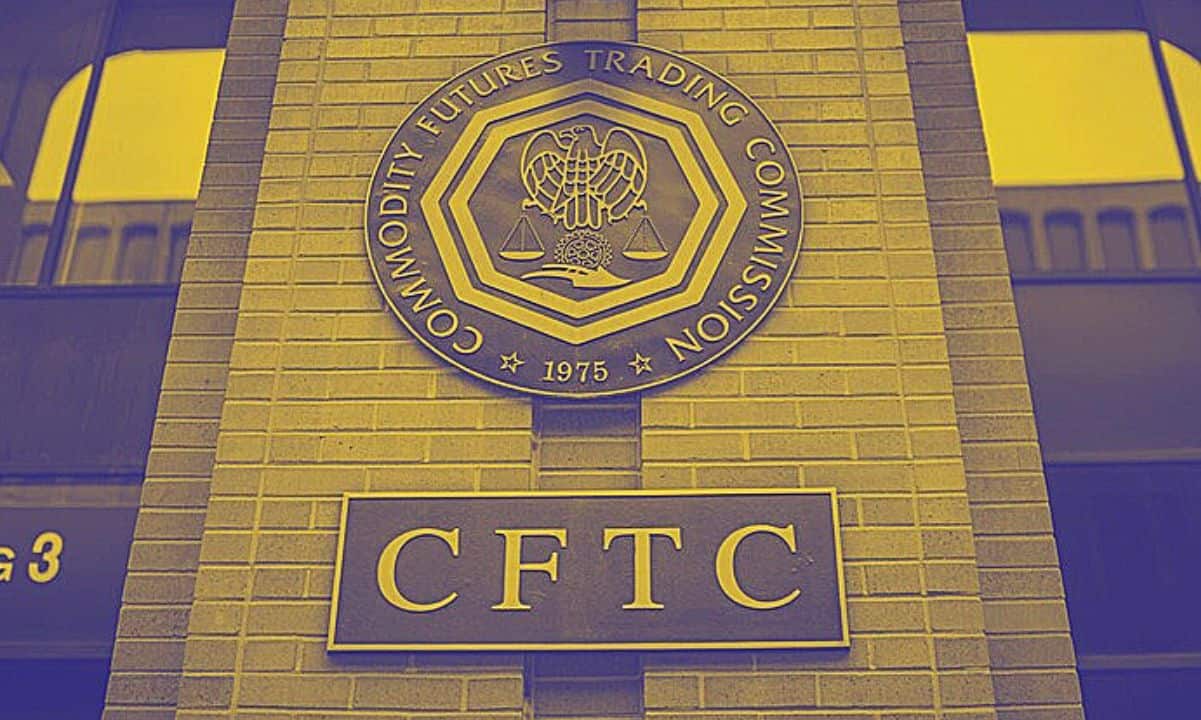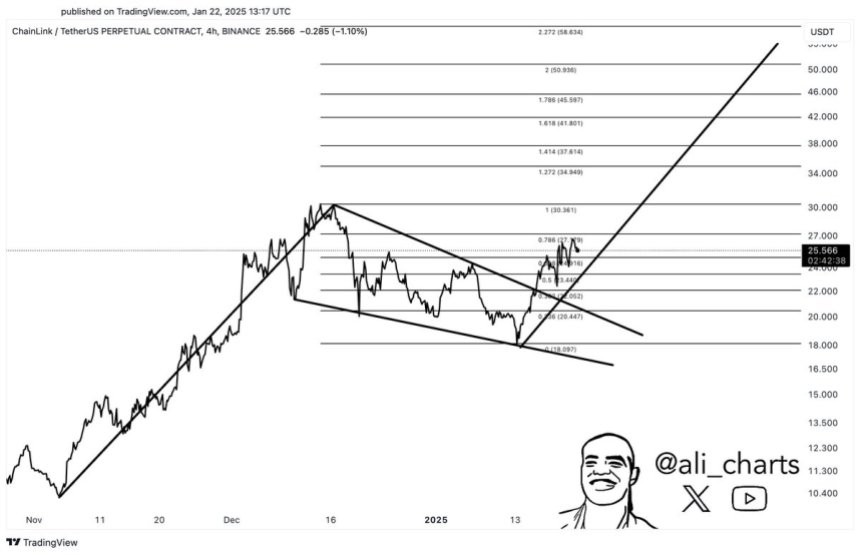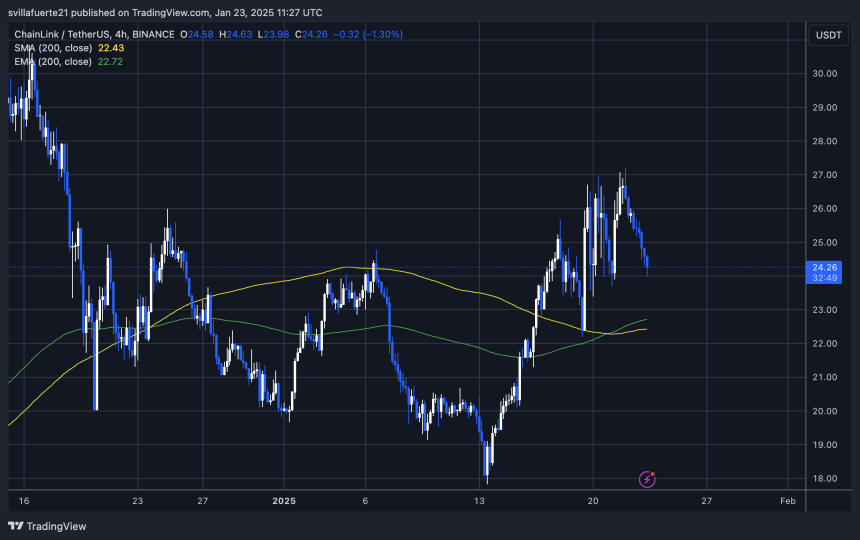UK consumer confidence fell sharply in January to the lowest level in more than a year as a spike in government borrowing costs and warnings of job cuts took a toll on economic sentiment.
The GfK consumer confidence index — a measure of how people view their personal finances and broader economic prospects — fell 5 points to minus 22, the lowest reading since the end of 2023, according to new data.
Consumer confidence provides a forward-looking measure of household spending — gloomier sentiment means people are more likely to save than make significant purchases. Households built up substantial savings last year, limiting the recovery in spending, despite wage growth outpacing inflation throughout 2024.
The month-on-month drop in the GfK consumer confidence index was the largest since September 2024, when consumers were concerned about potential tax rises in October’s Budget.
Neil Bellamy, consumer insights director, at NIQ GfK, noted particularly steep falls in confidence about the wider UK economy. “These figures underline that consumers are losing confidence in the UK’s economic prospects,” he said.

The survey was conducted in the first half of January, when the UK’s 10-year borrowing cost rose to the highest level since the financial crisis, threatening the government’s ability to meet its fiscal rule and raising the risk of more tax rises.
Borrowing costs have since eased following a surprise drop in December UK inflation but remain higher than in the autumn.
Business surveys in early January also highlighted reduced hiring forecasts, driven in part by the upcoming increase in employer national insurance contributions, set to take effect in April.
Confidence was lower than the minus 18 forecast by economists polled by Reuters but was in line with expectations by Ellie Henderson, economist at the investment bank Investec.
Henderson said news of rising borrowing costs and potential job losses “might well have taken a toll on perceptions and expectations for the economy and household finances”.
Consumers have become “increasingly worried about employment prospects”, said Tomasz Wieladek, chief European economist at investment company T Rowe Price.
The GfK saving index, which is not included in the calculation of the overall confidence index, leapt 9 points to plus 30. Bellamy called this increase “unwelcome” as it signalled households were bracing for tough economic times by prioritising savings over spending.
The UK household saving ratio, the proportion of disposable income that is not spent, was 10.1 per cent in the three months to September, well above the 5.5 average of the 2016-2019 period, according to official statistics. Despite real wages rising for more than one and a half years, household consumption per capita remained 2.2 per cent below its Q4 2019 levels, before the pandemic.
But Henderson argued that when confidence recovers, double-digit saving rates and healthy wage growth could turn consumption around.
“If confidence was to pick up, consumers in aggregate have the means to unleash a higher level of consumption,” said Henderson. “That confidence recovers soon though is less certain” she added.
Housing affordability has improved, according to separate data published on Friday by Nationwide. It showed that while remaining above long term average, the price-to-earnings ratio for first time buyers fell to 5 at the end of last year from a peak of 5.8 in 2022. Similarly, mortgage payments for first-time buyers fell to 36 per cent of their take home pay, from a peak of 38 per cent at the end of 2023.



































You must be logged in to post a comment Login